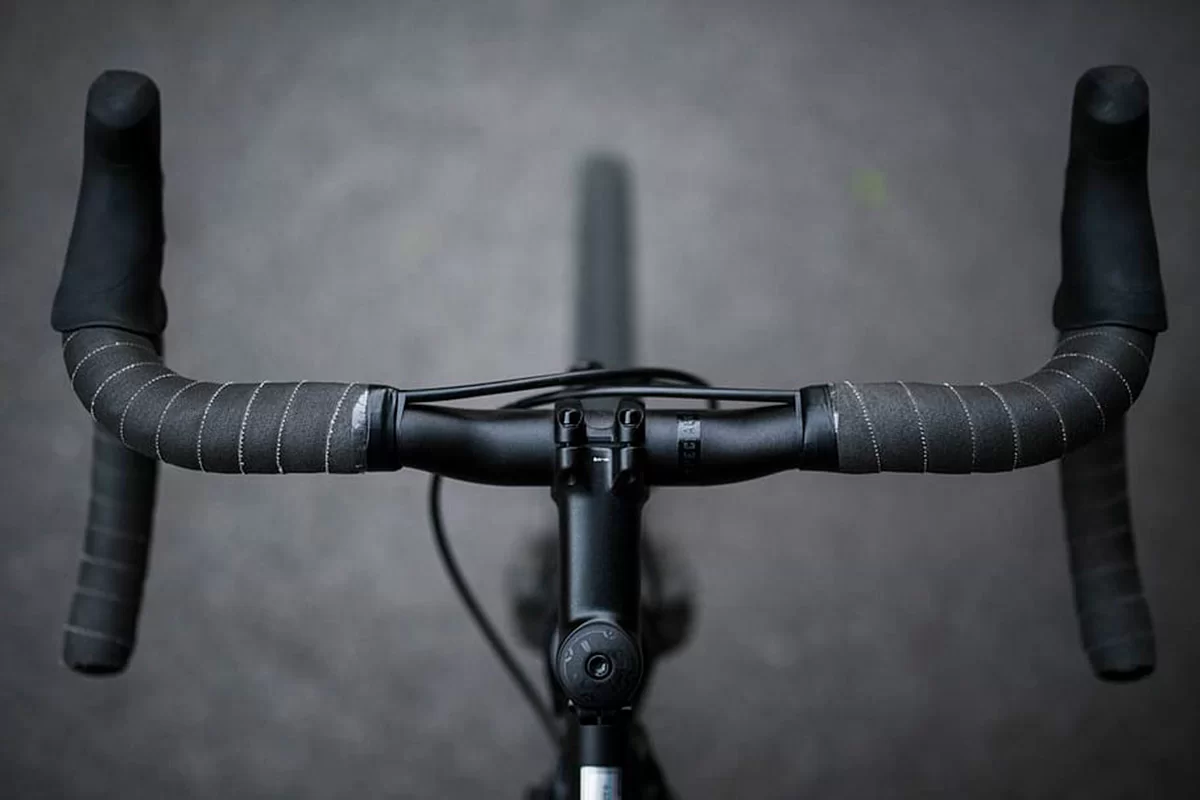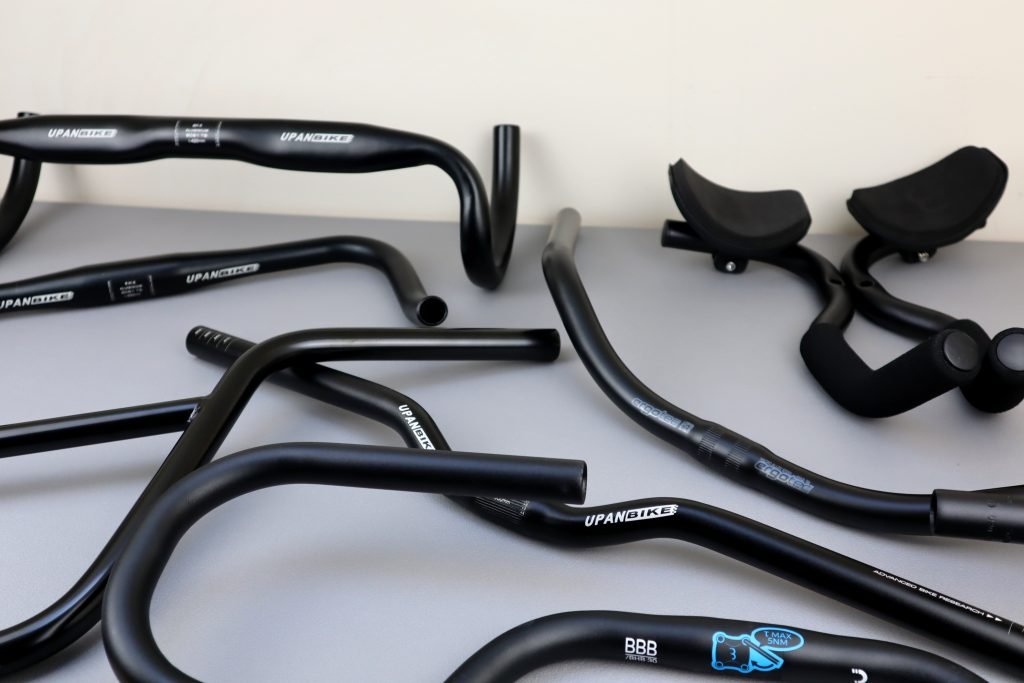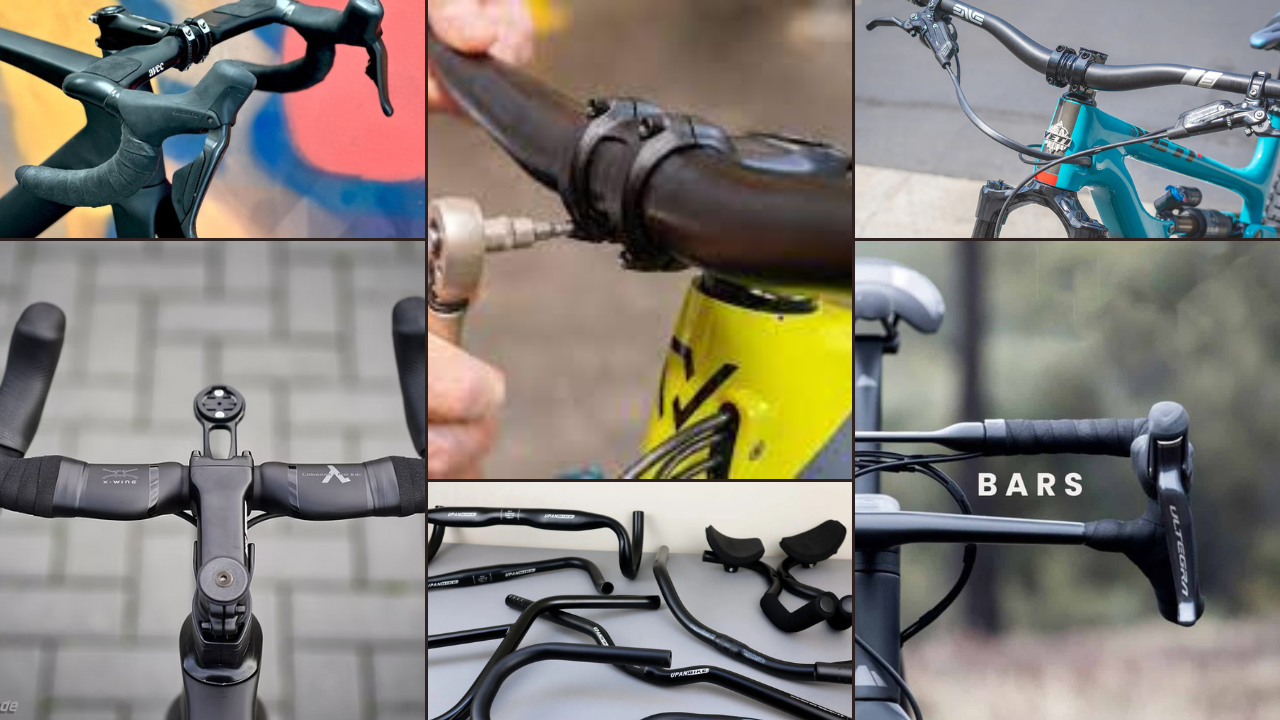When people talk about bicycles, they often focus on the frame, tires, or gears. Yet, one of the most important components that affects your riding comfort, control, and even safety is the handlebar. It’s not just a steering tool – it defines how you sit, how you balance, and how much effort you need for long rides.
Whether you’re cycling through city streets, exploring mountain trails, or racing on highways, choosing the right handlebar can completely change your experience.
What Are Bicycle Handlebars?

A bicycle handlebar is the bar fixed at the front of the bike that allows steering. It also supports accessories like brakes, gear shifters, mirrors, lights, and cycle computers. But beyond mechanics, handlebars set your body posture – upright for comfort, forward-leaning for speed, or raised for better control.
Handlebars come in different shapes, sizes, and materials, each designed for specific riders. A casual commuter, for example, prefers comfort, while a racer looks for aerodynamic advantage.
A Brief History of Handlebars
The first bicycles in the early 1800s had simple wooden frames and straight bars. As cycling evolved, handlebars changed dramatically:
- 1860s–1880s: High-wheel bicycles used straight iron bars for balance.
- 1900s: Drop handlebars became common for racing.
- 1970s: Mountain biking popularized riser and flat bars.
- 2000s–Now: Carbon fiber and aerodynamic handlebars became the trend for professionals.
This evolution shows how cycling needs shaped handlebar designs over time.
Importance of Handlebars in Cycling
![MTB Handlebar Buyers Guide (Everything You Need to Know!)[Video] | Worldwide Cyclery](https://cdn.shopify.com/s/files/1/0349/7357/files/MTB_Handlebar_Guide_-_1.png?v=1621465395)
Many new riders underestimate handlebars, but they influence almost every aspect of cycling:
- Comfort – The right shape reduces wrist pain, shoulder tension, and back stress.
- Safety – A strong and steady grip prevents accidents on rough terrain.
- Performance – Aerodynamic bars improve speed, while wide bars improve stability.
- Customization – Handlebars allow mounting gadgets like GPS, lights, and action cameras.
In short, handlebars are the control center of your bicycle.
Popular Types of Bicycle Handlebars
Different types of handlebars suit different riding purposes:
1. Flat Handlebars
- Common on mountain bikes and hybrids.
- Simple, lightweight, and wide for stability.
- Great for daily commuting and off-road beginners.
2. Drop Handlebars
- Traditional racing design with curved ends.
- Provide multiple hand positions and aerodynamic advantage.
- Preferred by road cyclists and long-distance riders.
3. Riser Handlebars
- Slightly elevated compared to flat bars.
- Keep the rider upright, giving comfort and better visibility.
- Best for trail riding and urban cycling.
4. Bullhorn Handlebars
- Extend forward with curved ends like horns.
- Popular among track riders and urban fixie bikes.
- Provide speed with aggressive riding posture.
5. Cruiser / Upright Handlebars
- Wide and curved towards the rider.
- Offer relaxed upright seating.
- Perfect for leisure cycling on smooth roads.
6. Aero or Triathlon Handlebars
- Feature extensions for armrests.
- Reduce wind resistance for racing.
- Not practical for everyday use.
7. BMX Handlebars
- Tall and strong for stunt bikes.
- Handle jumps, spins, and tricks.
- Designed more for durability than comfort.
8. Mustache Handlebars
- Similar to drop bars but less curved.
- Provide moderate comfort and speed.
- Good for touring cyclists.
9. Butterfly / Trekking Handlebars
- Shaped like butterfly wings.
- Offer multiple hand positions for long rides.
- Ideal for cross-country touring.
Materials Used in Handlebars

The handlebar material affects both performance and cost:
- Aluminum Alloy – Lightweight, affordable, and durable.
- Carbon Fiber – Super light, reduces vibration, perfect for racers.
- Steel – Strong and cheap, but heavier.
- Titanium – Expensive, combines strength with lightness, premium choice.
Handlebar Width, Height, and Shape
Choosing handlebars is not just about type; measurements matter too:
- Width – Should match your shoulder width for natural comfort.
- Rise – Riser bars lift you up; flat bars keep you low.
- Sweep – Backward or upward curve improves ergonomics.
- Drop & Reach – In racing handlebars, the drop (height) and reach (forward extension) decide posture.
A poorly sized handlebar can cause numb hands, neck pain, or poor bike handling.
Ergonomics and Health Benefits
Correct handlebars can reduce:
- Wrist pain (caused by awkward angles).
- Shoulder stiffness (from leaning too much).
- Lower back pain (due to poor posture).
Ergonomic grips, padded handlebar tape, and correct alignment all contribute to a healthier cycling experience.
Accessories Mounted on Handlebars
Modern handlebars act like dashboards, holding:
- Brake levers & gear shifters.
- Bells or horns.
- Mirrors for safety.
- Phone or GPS mounts.
- Lights and reflectors.
- Bags for touring.
This makes handlebars multifunctional and customizable.
Maintenance Tips
- Check alignment regularly to avoid wobbling.
- Tighten bolts on stem and grips.
- Replace grips/tape if slippery or worn out.
- Inspect for cracks if you ride aggressively.
- Clean regularly to prevent rust or dirt buildup.
Modern Trends in Handlebars
Cycling is always evolving, and so are handlebars:
- Carbon Aero Bars – lightweight and aerodynamic.
- Integrated Cockpits – bars and stems fused into one piece.
- Smart Handlebars – come with built-in GPS, lights, and indicators.
- Adjustable Handlebars – allow changes in height or angle for comfort.
These innovations show that handlebars are no longer just basic steering tools – they’re part of smart cycling technology.
Professional Tips for Choosing the Right Handlebar
- Match bar type with riding style – don’t put drop bars on a mountain bike.
- Test comfort – visit a bike shop and hold different bars before buying.
- Consider accessories – make sure your chosen bar has enough space.
- Don’t ignore posture – upright bars for comfort, low bars for speed.
- Invest in quality – a good handlebar lasts years and prevents accidents.
Final Thoughts
Bicycle handlebars are one of the most underrated but vital parts of a bike. They determine how you ride, how fast you can go, and how comfortable you feel. From flat bars for beginners to aero bars for professionals, there’s a design for every cyclist.
With modern advancements, handlebars are becoming lighter, smarter, and more ergonomic. So, whether you are a weekend rider or a daily commuter, take time to choose the right handlebars – because they’re not just about steering, they’re about shaping your entire cycling journey.










